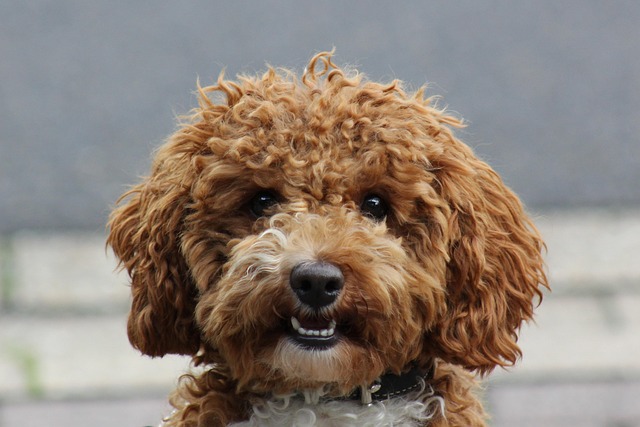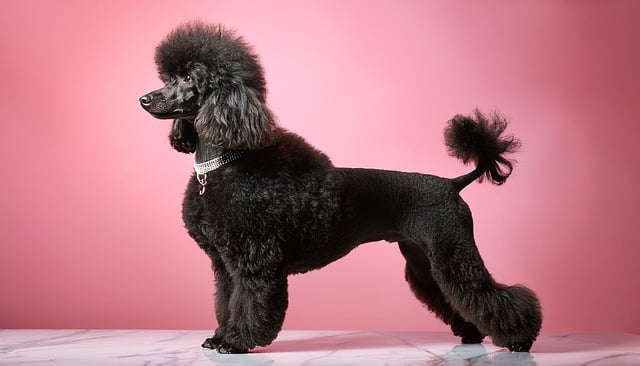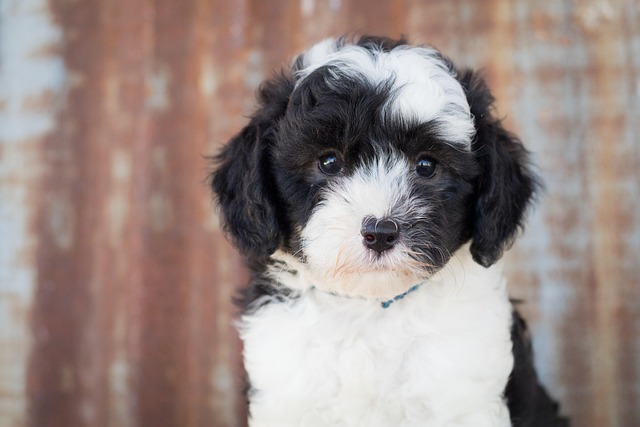
how to help senior dog with weak back legs
Watching your senior dog struggle to stand up, climb stairs, or even walk across the room because of weak back legs is heart-wrenching.
You open the door after a walk, and your pup bolts inside—leaving muddy paw prints all over your apartment floor. Or maybe you’ve noticed them licking their paws nonstop, thanks to dirt, salt, or debris stuck between their toes. Keeping dog paws clean isn’t just about keeping your home tidy; it’s about protecting their health—paw pads are sensitive, and trapped gunk can cause irritation, infections, or even cuts. For new U.S. dog owners, especially those in apartments or cities, a simple daily routine makes this easy.
Dog paws are designed for traction, but their crevices and soft pads trap everything from sidewalk grime to winter salt. My neighbor’s Corgi, Piper, once got a small cut from a sharp rock stuck in her paw—after that, they made paw cleaning part of their post-walk ritual. The science here is basic: Regular cleaning removes irritants before they can cause redness, swelling, or infection. It also prevents your dog from ingesting dirt or chemicals when they lick their paws, which can upset their stomach. For senior dogs or puppies with extra-sensitive paws, this routine is even more critical—their pads are softer and more prone to damage.

Start with the right tools: A shallow bowl of warm water, a soft washcloth or pet paw wipe, and a towel for drying. After every walk, have your dog stand on a towel (to catch drips) and gently wipe each paw—pay extra attention to the spaces between toes, where dirt and debris hide. If they’re muddy, dip the washcloth in water to rinse, then dry thoroughly (moisture can lead to yeast infections). For winter walks, use a pet-safe paw balm afterward to protect against salt and ice. For apartment dwellers short on space, keep a “paw station” by the door with these supplies—no need for a big setup. If your dog resists, use positive reinforcement: give them a treat after each paw you clean, and praise them calmly. Never hold their paw tightly or scold them—this will make them fear the process.
Avoid using harsh soaps or wipes with artificial fragrances—these can dry out their pads. Also, remember that clean paws don’t replace regular nail trims (ask your vet or groomer for help with that). Before heading out for walks, confirm your dog’s vaccines are up to date—all U.S. states require rabies shots, and core vaccines like distemper are mandatory. Always carry poop bags too: Leaving messes in apartment hallways or parks isn’t just rude; it’s illegal in most cities (fines up to $250 in places like Chicago) and keeps public spaces clean for everyone.
Keeping your dog’s paws clean is a quick, simple habit that protects their health and your home. With patience and positive reinforcement, it’ll become a stress-free part of your daily routine.

Watching your senior dog struggle to stand up, climb stairs, or even walk across the room because of weak back legs is heart-wrenching.

Seeing your once-bouncy pup slow down, sleep more, or struggle to jump on the couch can tug at your heartstrings—but caring for an older dog

You open the door after a walk, and your pup bolts inside—leaving muddy paw prints all over your apartment floor.

Finding a tick crawling on your dog but not yet latched can make your heart race—even if it hasn’t bitten yet, those tiny pests carry risks like Lyme disease.

Standing in the pet store staring at rows of dog food labels can feel overwhelming—especially when you’re looking for the right fit for your tiny adult Chihuahua, Yorkie

You’ve had your tiny Yorkie or Shih Tzu since they were a wiggly puppy, and now you’re wondering: When do they become a “senior”? Many new U.S.